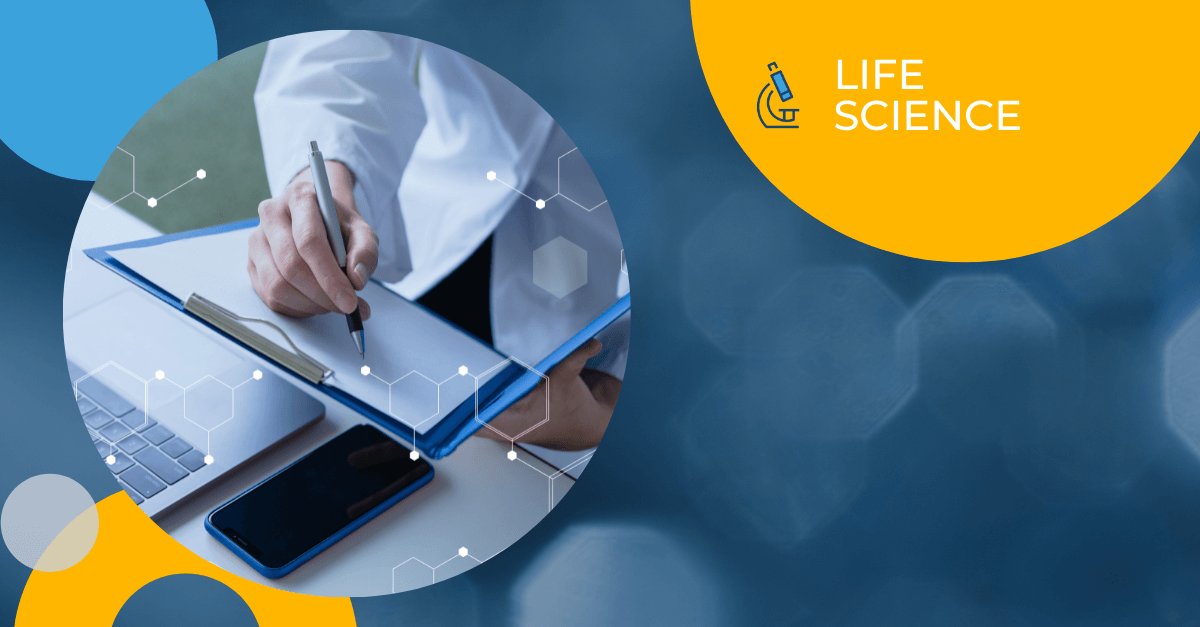The life sciences industry – which includes pharmaceutical, medical device, and healthcare companies – is truly a global business. For many industry leaders, the lion’s share of revenue comes from overseas markets. Whether you are working to secure IP rights in Japan or obtain regulatory approval in the EU, translating documents for multiple countries and jurisdictions is an intrinsic part of the process. Patent applications, clinical trial reports, labeling, patent applications, regulatory submissions, and product manuals are just a few examples of documents that have to be translated by life sciences companies on a regular basis.
Most of these documents are highly technical and require scientific knowledge and expertise that even a gifted translator does not necessarily possess. The translator should have an educational background in the subject matter and science at issue, and preferably should also have industry experience. They should also be native speakers of the target language. Additionally, the translator should have multiple years of experience translating documents that deal with similar technologies and processes.
Morningside adds one final stipulation: the translator must also be located in the target country. This means documents intended for China are translated in China, and documents intended for Taiwan are translated in Taiwan. Why? Because in-country translators and editors are up to date on legal and formatting requirements for local agencies and offices, familiar with the cultural sensitivities and norms of the target market, and can ensure that the translation complies with country-specific terminology, measurements, and style. In-country translation and review is a great way to ensure that you are effectively communicating with the overseas officials, regulators, and consumers who play a critical role in your company’s success.


